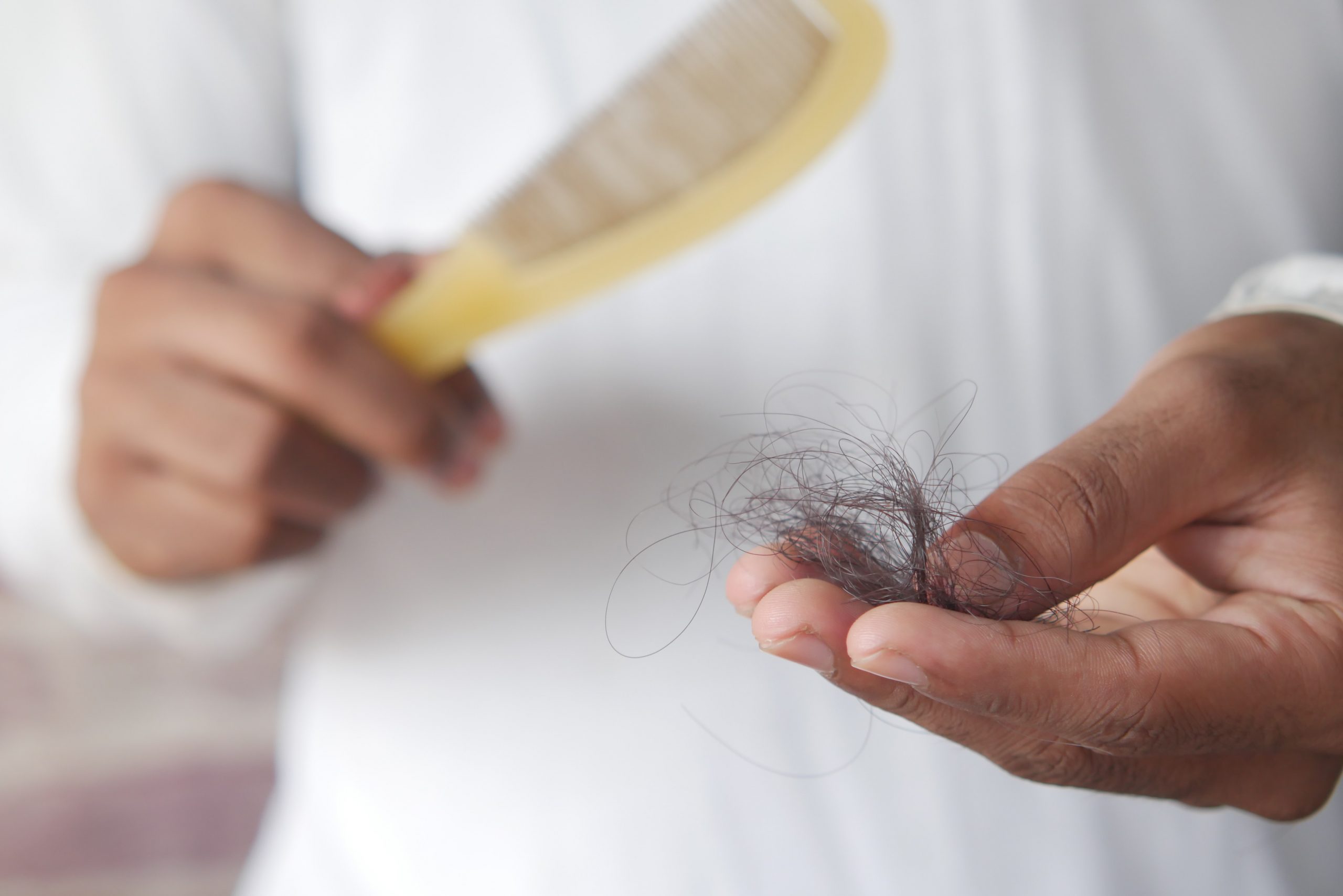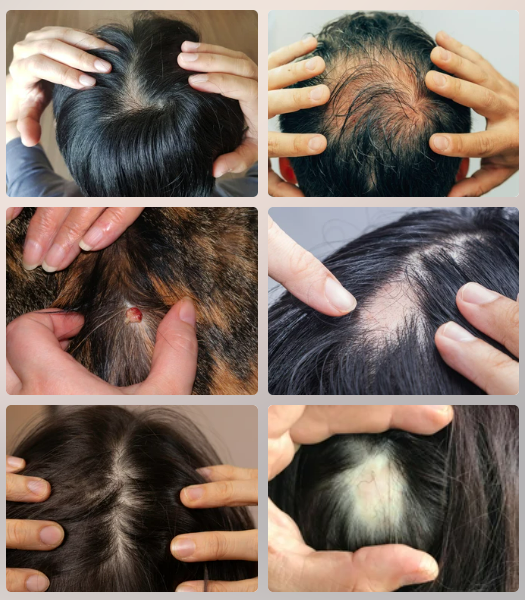Wigs and hair toppers for all types of hair loss
Chemotherapy wigs
Over the past 50+ years we have helped thousands of women find the perfect wig when they're having chemo. With our selection of hundreds of styles and colours, you don't need to worry about not looking like you. We make it much easier for you to cope with the hair loss aspects of chemo.


Radiotherapy wigs and toppers
Radiotherapy can result in a patch of hair loss, overall thinning hair, or total hair loss. It's important to get the right solution for the type of hair loss you have: you may need a topper* or a wig. We will advise you which will look best on you.
With our selection of hundreds of styles and colours, you don't need to worry about not looking like you. We make it much easier for you to cope with the hair loss aspects of radiotherapy
*toppers are designed to cover part of the head (not your whole head) where the hair loss is noticeable. Our toppers come in huge variety of sizes and styles so you can be sure of a perfect seamless fit with your own hair.
Alopecia
Alopecia is a general term meaning hair loss. There are many different types of alopecia. It's important to get the right solution for the type of hair loss you have: you may need a wig, or something called a topper*. We will help you find what will look best on you.
Alopecia Areata
Alopecia areata is an autoimmune condition that causes patchy hair loss. It can result in a single bald patch or extensive patchy hair loss.
Alopecia Totalis
Alopecia totalis is a more advanced form of alopecia areata which results in total loss of all hair on the scalp.
Alopecia Universalis
Alopecia universalis is the most advanced form of alopecia areata which results in total loss of all hair on the body, including eyelashes and eyebrows.
Pattern Hair Loss (Androgenic Alopecia)
Mistakenly thought to be a strictly male issue, Pattern Hair Loss (PHL) is the most common type of hair loss affecting approximately 50% of men over the age of 50 and around 50% of women over the age of 65. PHL can also affect younger men and women. It is caused by a number of genetic and hormonal factors.
Patchy Hair loss
Hair loss in patches can be due to number of conditions. Most common is alopecia areata followed by tine capitis, traction alopecia and trichotillomania. Rarer causes are ringworm and syphilis or one of the patchy forms of scarring hair loss.
Hair shedding
Sometimes your hair can shed due to stress, or for no discernible reason at all! This form of hair loss is called an effluvium. There are two types of effluvium, telogen and anagen.


Trichotillomania
Trichotillomania is a disorder characterised by an irresistible urge to remove or pull one's own hair, which results in alopecia or hair loss. Trichotillomania is also called trichotillosis or hair-pulling disorder.
We have worked with hundreds of clients who have tricholtillomania. We will treat you with dignity, empaty and understanding and help you find the very best solution to hide your hair loss.

